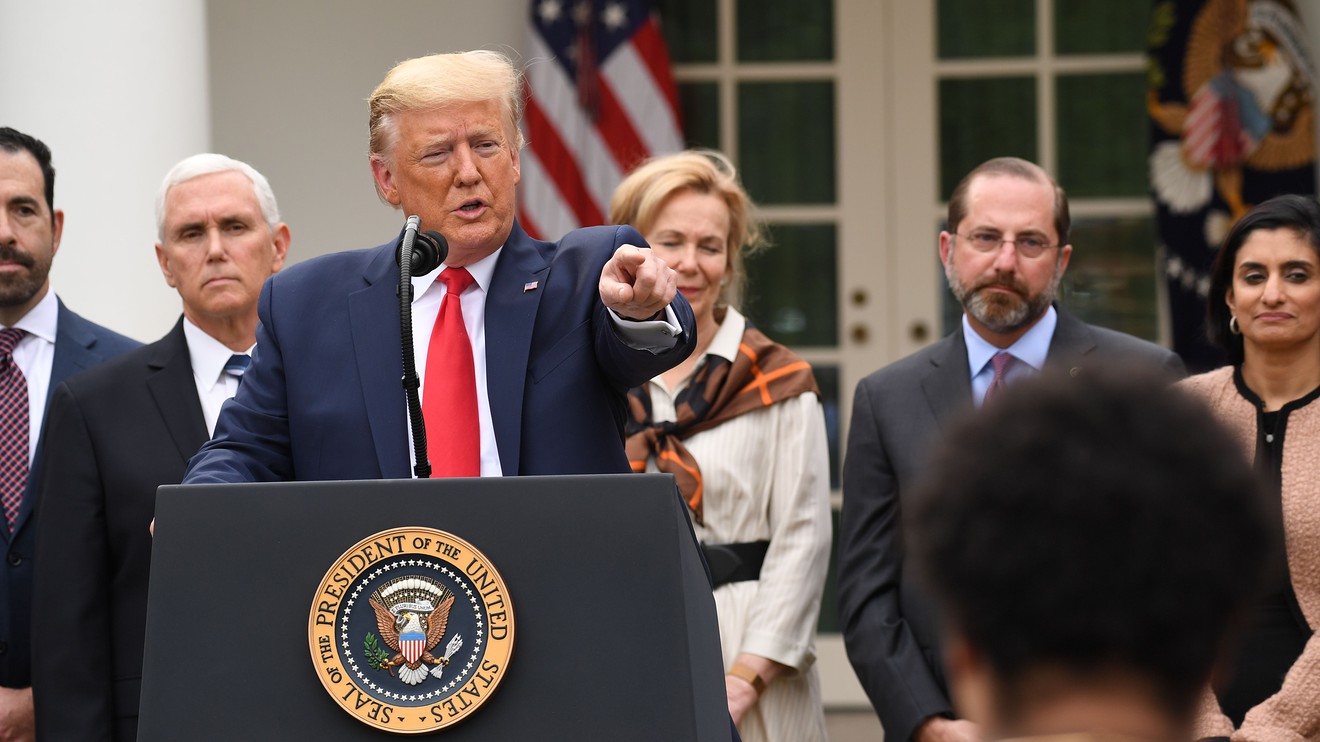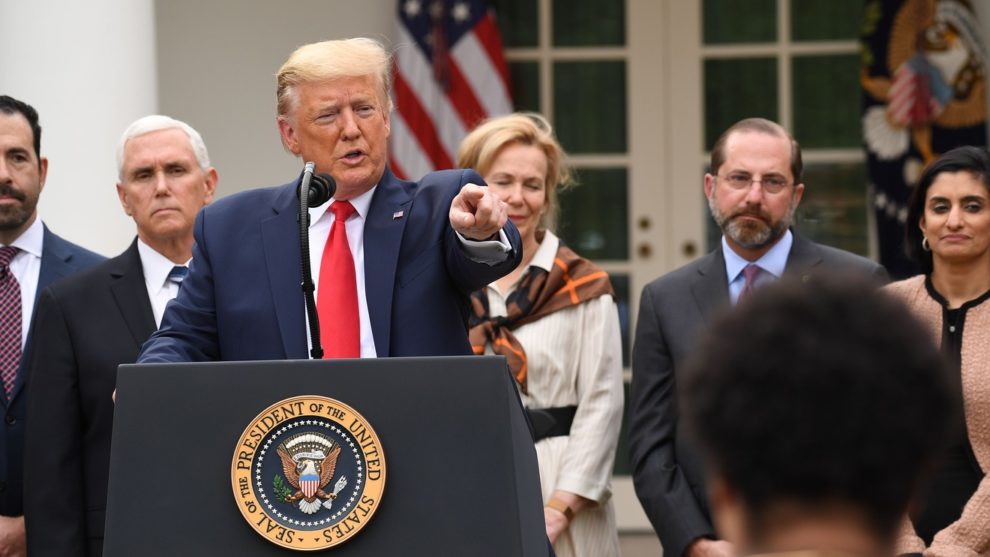
President Donald Trump declared a national emergency Friday during an address at the White House in response to the COVID-19 coronavirus outbreak.
Prior to Trump’s address, the governors of most states nationwide had already declared their own states of emergency. On Friday alone, the governors of South Carolina, Missouri and Wyoming took this action.
The decisions came swiftly over this week as the number of cases of COVID-19 grew nationwide. In the U.S., there were more than 1,600 cases as of Friday, and 41 deaths, according to the Centers for Disease Control and Prevention. Georgia reported its first death from the disease, making it the sixth state to do so.
Washington was the first state to go under a state of emergency back on Feb. 29 — the state has seen 102 confirmed cases of the illness and 16 deaths as a result of it.
But a public official declaring a state of emergency is not necessarily reason to panic or believe you’re at a heightened risk of contracting the virus.
These declarations are aimed primarily at freeing up money and other resources for emergency management. Public officials routinely make these declarations in advance of natural disasters, such as hurricanes and snowstorms, to ensure that money has already flowed to localities beforehand so that they can prepare for the situation to worsen.
In declaring a national emergency, Trump invoked the Stafford Act, which allows him to direct up to $50 billion in federal funds to states, territories and municipalities. Trump also indicated that interest would be waived on all student loans held by federal government and that the U.S. strategic petroleum reserve would buy a large amount of crude oil CL.1, +4.67%.
The president also said that Google’s parent company, Alphabet GOOGL, +9.24%, was developing a website to help Americans figure out whether a coronavirus test is warranted.
Typically following large-scale disasters, governors can request that the president issue a federal emergency or major disaster declaration for their state, which allows the president to authorize supplemental federal disaster assistance. These requests must be made within 30 days of the occurrence of the incident or in advance of its occurrence, according to the Federal Emergency Management Agency.
“The request must be based upon a finding that the situation is beyond the capability of the State and affected local governments or Indian tribal government and that supplemental federal emergency assistance is necessary to save lives and protect property, public health and safety, or to lessen or avert the threat of a disaster,” FEMA noted on its website.
Emergency delcarations generally also remove some of the red tape involved in hiring contractors and using state funds, so that local governments can purchase supplies and hire workers to aid in their response to the coronavirus or any other disaster. In some cases, it can also activate the state’s National Guard to aid in a disaster response.
New York’s declaration signaled that qualified professionals other than doctors and nurses would be permitted to perform coronavirus testing on people who think they could have the illness. It further expedited processes related to procuring testing supplies, leasing lab space and allows emergency services personnel to transport patients to quarantine locations that are not hospitals, among other things.
New York’s state of emergency declaration also increases enforcement against price gouging. “We are cracking down on price gouging which continues to be a problem, and I want businesses to be aware that you could lose your license because we are very serious about this,” Cuomo said Saturday.
States of emergency typically don’t restrict people’s movement and do not automatically close any government offices or facilities. In some states, the state of emergency remains in place until a governor rescinds it. In the case of New York, Cuomo specified the declaration will remain in effect until April 6.
President Trump Friday didn’t give a specific end-date for the national emergency he declared. He did, however, say he would “most likely” get tested for COVID-19 “fairly soon” in response to multiple questions regarding his health status after recently meeting with a Brazilian official who has since tested positive.
div > iframe { width: 100% !important; min-width: 300px; max-width: 800px; } ]]>











Add Comment